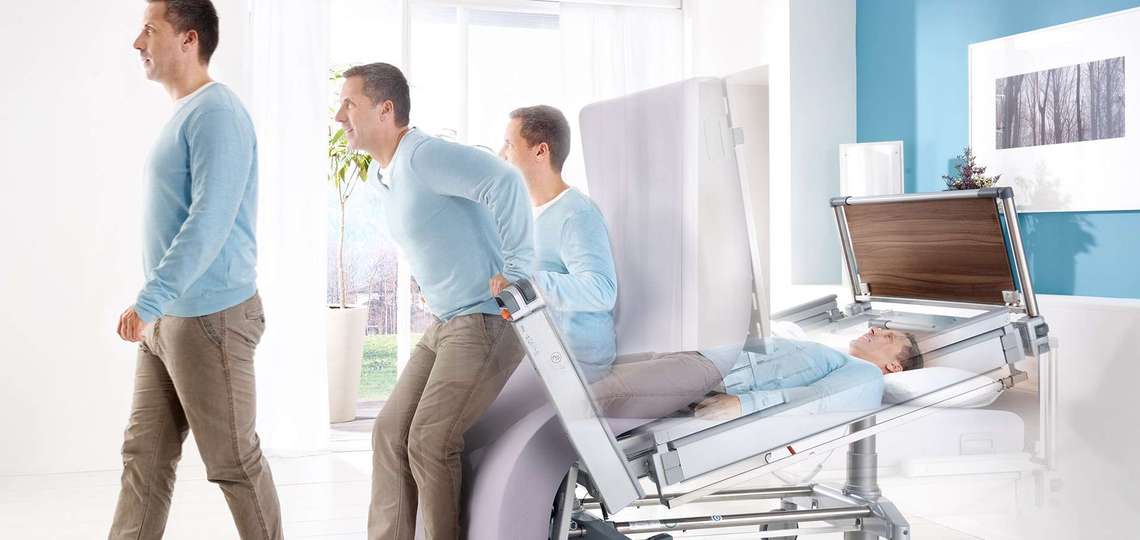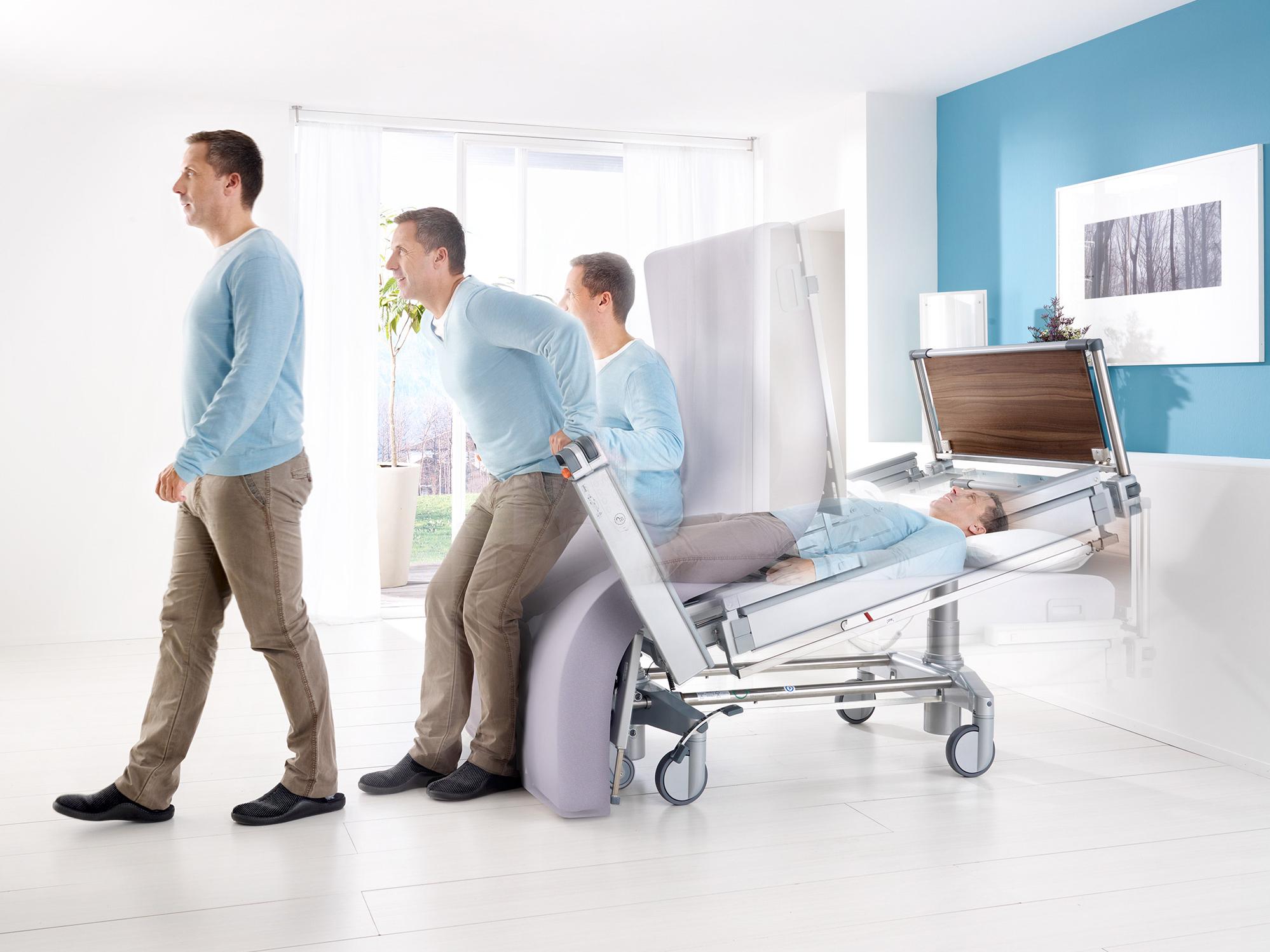
Promoting mobility is the foundation of all prevention. The more mobile a person is, the lower the risk of side effects, such as pressure ulcers, thrombosis, pneumonia etc, which result from a decline in mobility.
The draft of the new expert standard for promoting mobility by the German Network for Quality Development in Nursing (DNQP) is aiming for a binding character. When decreed, a new regulatory level would be reached under § 113a SGB XI (German Social Code, book XI, Social Care Insurance, expert standards on assuring and developing quality of care).
The draft of the expert standard covers the promotion and restoration of mobility. In addition, it communicates possibilities for interventions that reduce the sensation of illness, increase self-esteem and avoid the secondary effects of a disease. Other content includes secondary aspects of greater mobility such as an increase in positive energy and stimulation of mental activity. Promoting mobilisation and movement is gaining increasing significance in nursing and care routines. Mobilisation is more than just passively ‘sitting on the edge of the bed’. Having the confidence to allow those in need of care do more by themselves - even when there is no additional staff available - should be reinforced.
But how can mobility be promoted specifically?
Particularly people who have suffered a stroke and are undergoing neurological rehabilitation, but also those who have undergone surgery, are often not able to change their body position or location on their own. Frequently they can’t even sit up on their own without the help of staff. But early mobilisation, even in the hospital bed, is of great importance. The shorter the period of immobility, the fewer processes of physical decline can occur.
The Vertica mobilisation bed makes it possible for the occupant to perform simple mobilisation procedures in bed without great effort. The patient or person in need of care can first be brought to a vertical sitting position and then, depending on their condition, also to a standing position. If the patient is able to sit up correctly, the incentive for getting up is also often present. Patients can then take their first steps with the support of nursing staff.
With regular daily training, muscle strength is increased along with the ability to move. And, ultimately, the patient or person in need of care also builds up self-confidence, motivation and sureness. New perspectives open up and a degree of self-determination returns. Observation has shown that mobilisation and care becomes easier with time since the persons in need of care can increasingly use their own strength. This means a significant lightening of the workload for staff as well.

